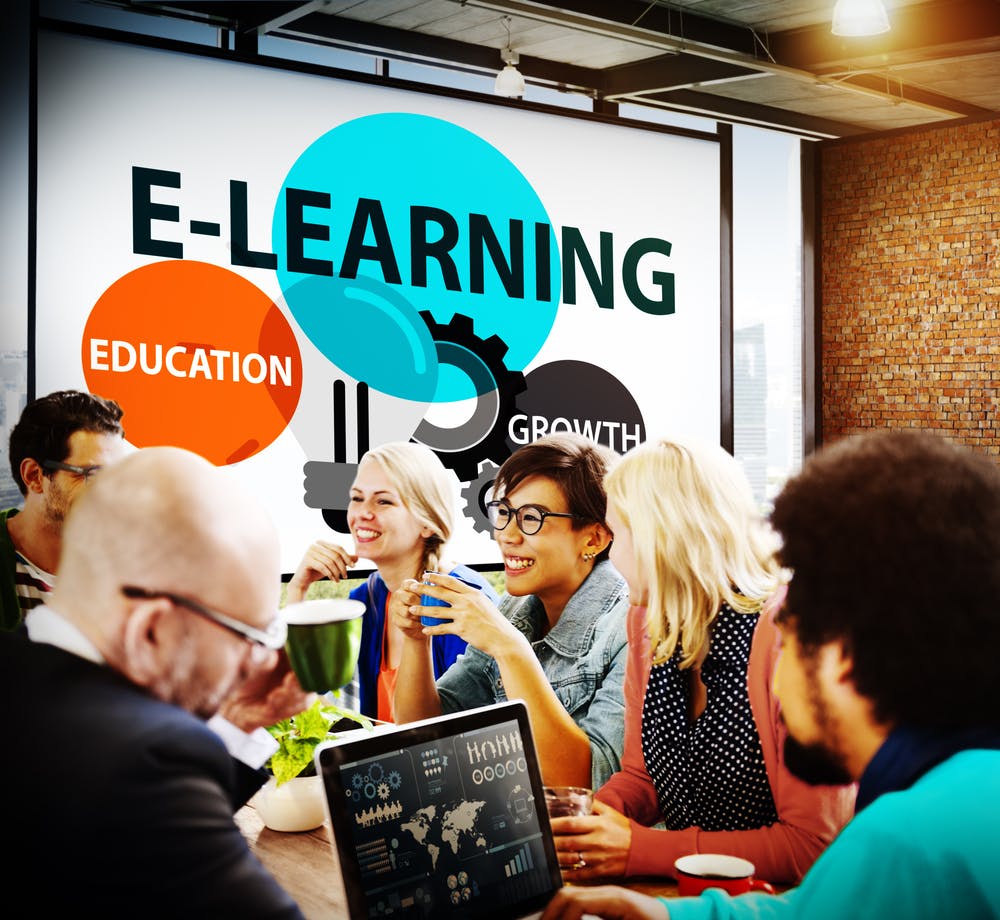Remember your first job, when you watched the outdated training video and tried not to laugh at how irrelevant it seemed?
The truth is your training content isn’t reaching employees unless you’re constantly updating it, especially when you have to frequently update policies, technology, or changes in your workplace culture.
With 59% of millennials looking at their jobs as development opportunities according to Gallup, next-generation content for workforce learning must be current, applicable, and interactive for the employees you’re trying to reach.
Of course, millennials aren’t your entire company, but surveys like this show how tastes and preferences are changing with younger cohorts of workers. Adapting to new realities like these will keep you ahead of the tide and maintain a competitive advantage.
Let’s take a look at how to do just that.
The medium as the message
In 1964, Marshall McLuhan published the famous line, “The medium is the message.” What he meant was the very method you choose to deliver your content is as important as the content itself.
Think about this for a moment. Let’s say you need to have a very difficult conversation with your new hire about their performance. You can either write what you want to say in an email, or you can take this new hire out to lunch for a private conversation, where they can see your body language, hear your tone, and better understand that you care about their success.
Even if the intended message is the exact same in either “medium,” which delivery method do you think is more effective?
The same is true for your training content. By focusing on the delivery method as much as the content you’re pushing to your employees, you can increase personalization, content deployment, and active engagement.
Increase personalization
You know your employees consume content in different ways, depending on their role, age, and technological savvy. They want content that’s personalized through mediums they’re familiar with, providing a seamless learning experience. However, you know pulling that off is no easy task, yet it has to be done to maintain a competitive advantage.
You’re not alone. The user experience is the top concern (61%) for leaders looking for talent management solutions, according to the 2018–2019 Sierra-Cedar HR Systems Survey.
So, how do you get personalized content for each segment? That’s the holy grail for the modern LMS.
Here are three suggestions for getting there:
- First, reskin your existing content in your brand, whether audio or video resources, e-books, white papers, or PowerPoint slides.
- Second, ensure your content is available for every device through technologies like HTML5 code bases and mobile-ready videos.
- Third, scale with third-party content providers who use subject matter experts from different industries on various topics.
These steps give you the framework for your content library. From there, you can set up audiences to target each segment, knowing you’ll be delivering the right content on the right device for the right employee group.
Increase content deployment
Delivering quality learning content at speed and scale to close the current skills gap is critical for thriving in the future. This is crucial because, as noted in PwC’s 22nd Annual CEO Survey, “The skills gap is a particular pain point [for CEOs], impeding innovation and prompting higher people costs.”
Mercer’s Global Talent Trends Study 2018 highlighted several key factors that influence the speed and distribution of content delivery. Two factors are worth noting here. First, 51% of employees want flexible working options. Second, the modern organization needs to embrace a “platform for talent” — C-suite leaders want a centralized solution that improves the ability to move jobs to people and people to jobs, an “on-demand” workforce, if you will, enhancing the employee experience.
These challenges can be accommodated through a cloud-based learning platform. Distributed workforces — like remote and gig employees — could learn anywhere, anytime, on any device. The same is equally true for your in-house employees. And a modern LMS can deliver learning based on the task that needs to be performed.
Increase active engagement
Different people in different roles and age groups respond differently to content. Some generations, like boomers, are more engaged by in-person training because there’s discussion and interaction.
Other generations, like Gen Z, are more focused on the “Netflix” approach, where they have on-demand content tailored to their specific needs. Fosway research believes a version of this approach to learning is on every learning system’s near-term roadmap. In this world, employees watch a microlearning video on leadership, for example, and other types of leadership training are immediately tagged for them as relevant.
Updating your content for engagement doesn’t end there. Thinking through how your users engage with the content must translate throughout all their learning experiences. Integrating a social stream through an online training, for example, helps draw learners in and keeps them engaged by letting them ask questions, converse, and interact.
Learning is more likely to stick when there’s engagement. One popular learning model, the A.G.E.S. model, goes even further. It uses neuroscientific research to support lasting, engaging learning through attention, generation, emotion, and spacing principles.
Simply put, you need to update content in each delivery method to be engaging.
When their content is infused into your employees everyday tasks, they can achieve what Josh Bersin calls “learning in the flow of work.” This maximizes engagement because it enhances productivity rather than detracts from it.
Updating your content to be useful for the next generation isn’t easy. However, by focusing on the actual delivery of the content — equally to the content itself — you can increase personalization, content deployment, and active engagement.
